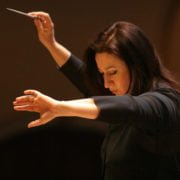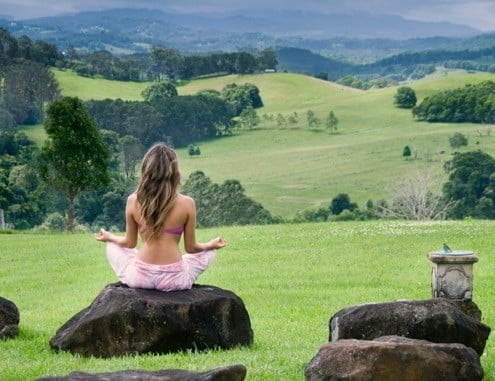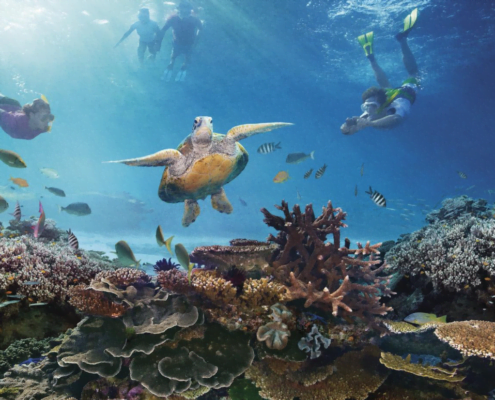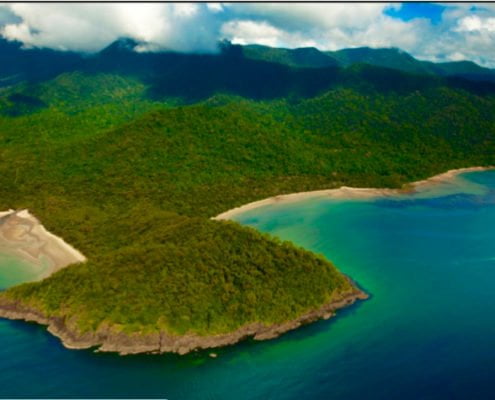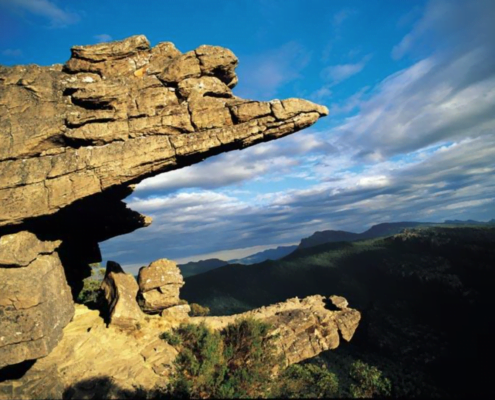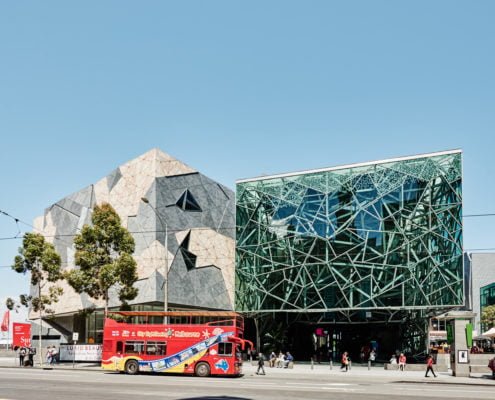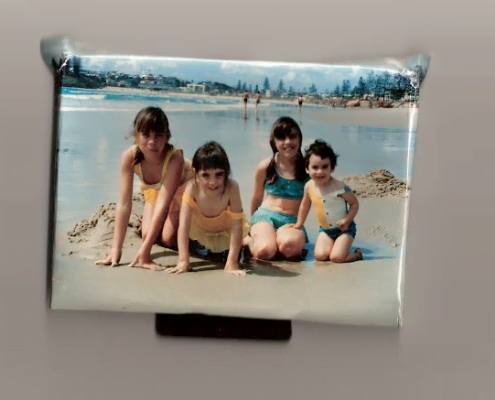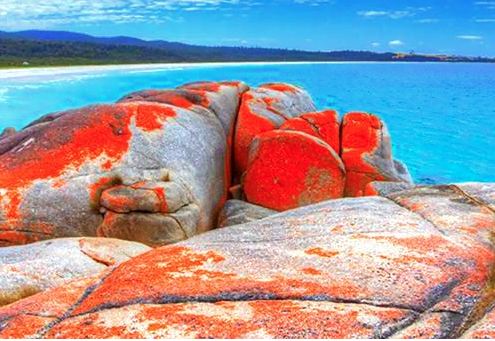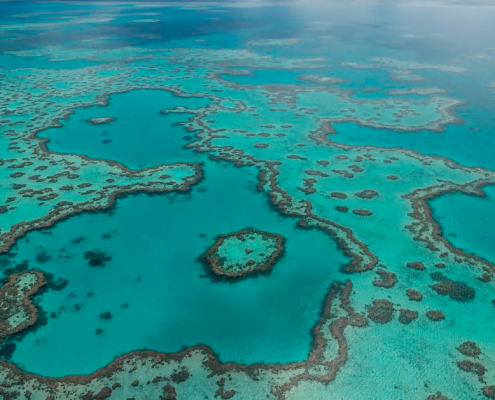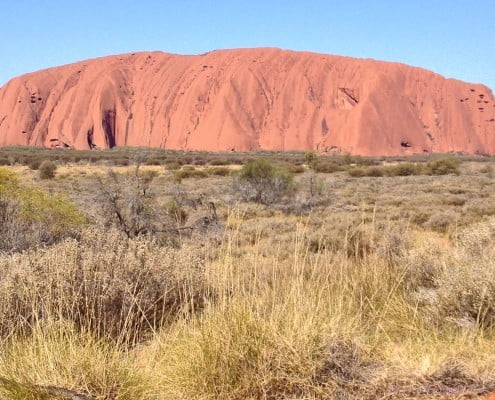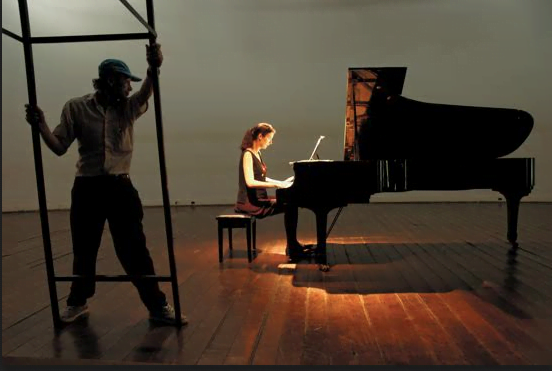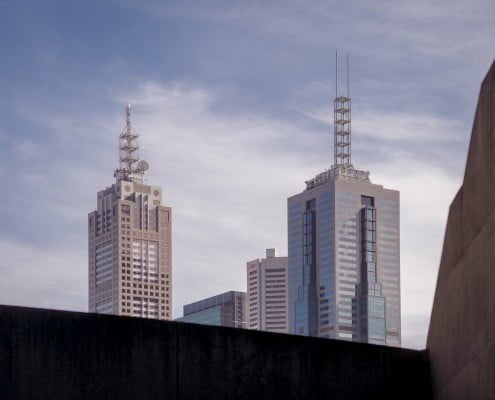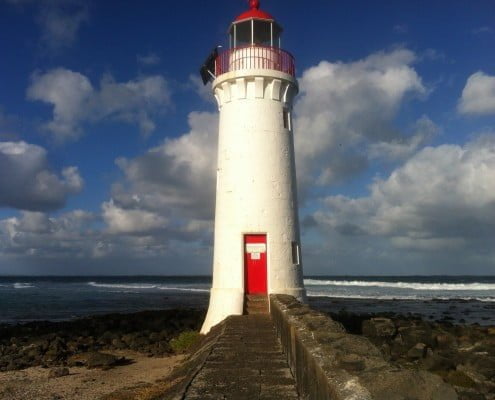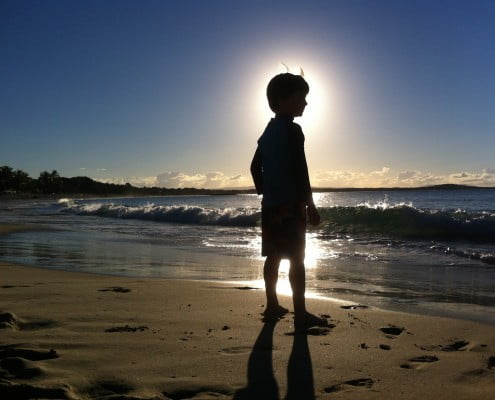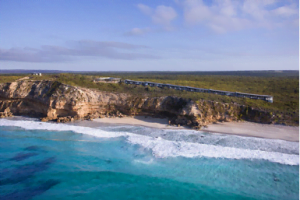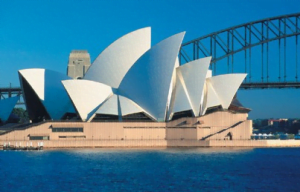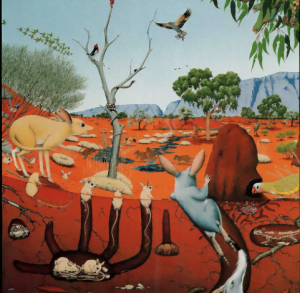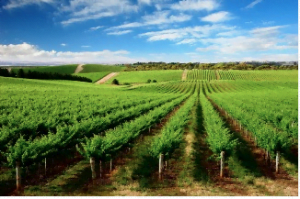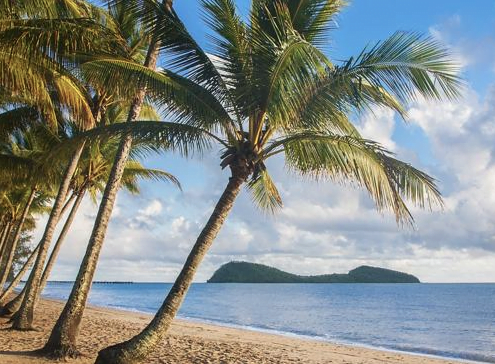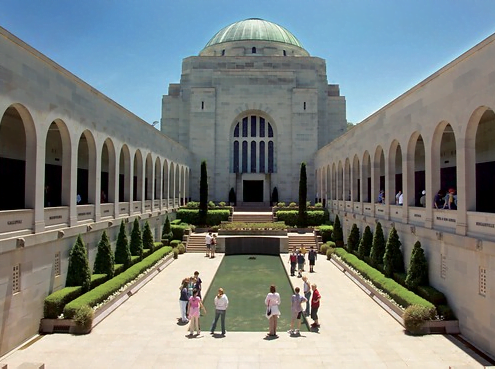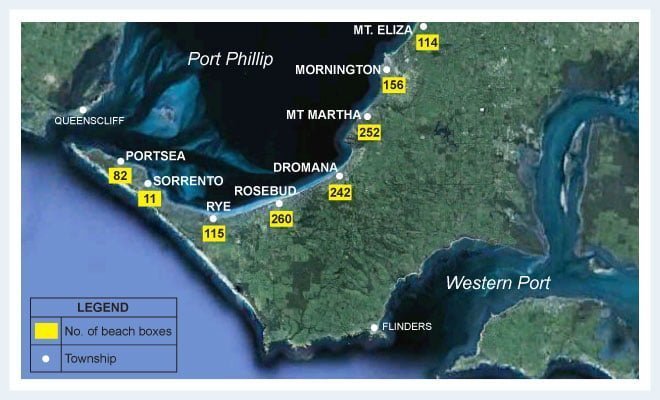Maestro Simone Young – My Top 5 Places in Australia
Maestro Simone Young AM was appointed Chief Conductor of the Sydney Symphony Orchestra in July 2022. She is considered one of the world’s great opera and concert orchestra conductors. She has been called a ‘superconductor’, a conductor whose elegance and power, strength and sensitivity on the podium inspire her orchestra. She is a highly esteemed interpreter of the works of Wagner and Strauss, Mahler, Bruckner and Brahms, as well as those of contemporary composers.
It is easy to recall images of famous conductors, many of them legendary figures idolised by the public. But there were few women conductors in this array. When Simone Young took her place at the podium on the international stage “she forged a path where there was no path,” says Alondra de la Parra, one of a handful of rising women conductors.
Born in Sydney to what Simone Young describes as a non-musical family, the girl who “grew up on the beach in Manly ” was invited to conduct the most prestigious orchestras in the world and became an internationally acclaimed conductor.
Maestro Young’s accomplishments are extraordinary regardless of gender.
She studied composition at the Sydney Conservatorium at a time when she was the only woman in that faculty and made her conducting debut at the Sydney Opera House at the age of 24. By 25, she was conducting assistant to James Conlon at the Cologne Opera House and then became an assistant to Daniel Barenboim at the Berlin Opera and the Bayreuth Festival. Since then, she has conducted at all the world’s leading opera houses, including at the Metropolitan Opera in New York, the Vienna State Opera, the Royal Opera House Covent Garden in London, and the Opera National de Paris.
She was the first woman to conduct Wagner’s full Ring cycle. Her first full Ring was in Vienna in 1999, followed some years later by her own Ring cycle in Hamburg.
She was Artistic Director and Music Director of the Australian Opera from 2001 to 2003.
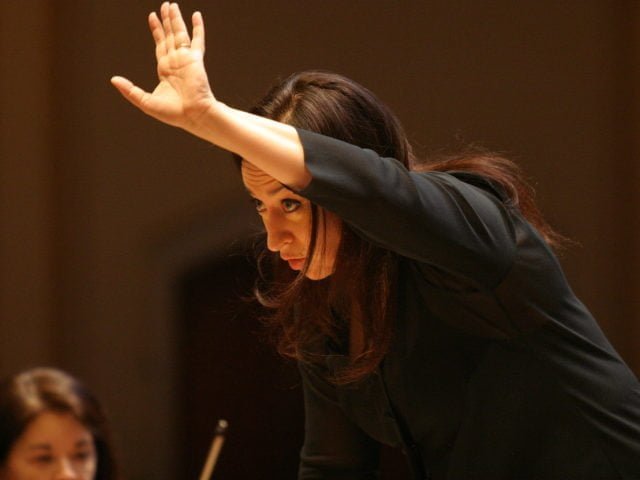
Maestro Simone Young – photo Klaus Lefebvre
On the concert stage, Simone Young has conducted the world’s leading orchestras including the Vienna Philharmonic, the Berlin Philharmonic and the London Philharmonic.
Last year, Maestro Young completed a 10-year engagement at the helm of one of Germany’s pre-eminent cultural institutions where Tchaikovsky, Mahler and Klemperer had conducted. She held the dual appointment Artistic and Music Director of both the Hamburg State Opera and the Hamburg State Philharmonic Orchestra where she was responsible for 500 performances conducted in the Opera house, 50 new productions, and more than 30 different operas performed each year. She oversaw a workforce of 700 people, including an orchestra of 128 musicians, a 70-voice chorus, and an ensemble of 20 full-time singers plus guest artists. She was one of the longest serving directors of the 333 year-old organisation in the past century.
For Maestro Young, the issue of gender, of being a woman in the traditionally male preserve of conducting, was not decisive. It was only one of many challenges that face the “musician whose instrument is the entire orchestra.”
She believes that artistry, not gender is the key. A conductor as an artist must be both strong and sensitive, and neither attribute should be assigned a gender. She prefers to see it as a union between the left and right sides of the brain.
“Gender, nationality, upbringing, sexual orientation, shoe size, are all completely immaterial – it’s all about music-making.”
“I don’t think my professional qualifications and achievements are in any way revalued because of my gender.
Maestro Young has built her career by focusing always on the music and not on the obstacles. “ If your assumption is that this is going to be so much harder for me, then it will be harder for you,” she said. “ If your assumption is that this is a great piece of music, and what a privilege it is now to be able to conduct this, you and the people you’re working with will have a good time.”
And she credits growing up in Australia with giving her the freedom to avoid the more stultifying aspects of European music culture – and for a spirit that dares to overcome conventional stereotypes.

Maestro Simone Young
Simone Young’s husband, Greg Condon, a teacher and literary expert and her two daughters moved with her as she took up conducting engagements with different orchestras throughout Europe. She credits the full support of her husband and children for enabling her to manage an overwhelming schedule.
She is the recipient of many awards and honours since she won the Young Australian of the Year Award in 1986. These include a Member of the Order (AM), honorary doctorates from the University of New South Wales, Griffith University Queensland and Monash University Victoria, the French Chevalier des Arts et des Lettres, and the German Goethe Medal.
Simone’s Top 5 Places:
Anyone who knows me well, knows that I can’t stay away from water. I am drawn to the ocean, to rivers, to lakes in a way that can only be explained by a childhood in Manly. Picnics at Clontarf, walks along the Esplanade, paddling in the Queenscliff lagoon across from my grandparents’ home, secretly munching on fish cocktails (little pieces of battered fish for non-Sydney-siders) while waiting for piano lessons, and catching the ferry home from meeting my Dad in the city after school and lessons at the Conservatorium – this was my childhood, and how lucky and blessed I now know that it was!
I recently came to the shocking realisation that I have now lived more of my life in Europe than in Australia. I think such a moment is a turning point for us expats; I have yet to meet an Australian overseas who doesn’t want to go home “some time in the future”, but after more than half a lifetime away, I have now officially joined the ranks of the gypsies who have lives and families in two countries (or more) and who will never feel really whole in either one again. I fly to Oz as often as I can – a colleague recently suggested I just ask the orchestras I work with to transfer my fees to Qantas directly rather than to my bank account! – and when I do, there are always some must-see places that I try to visit, to find that sought-after feeling of “home”.

Manly beach, Sydney – australia.com
Manly Beach
I just love it. It’s sometimes down-at-heel, looks unloved in the rain, can be a bit dodgy late on a Saturday night, but when the sun’s out and there’s a light breeze over the beach, it is truly wonderful!
I recently arrived on a flight from Europe at a ridiculously early hour (all the passengers had that charming grey-tinge to their skin-colour that only 24hours on a plane can achieve!) and rather than wake up my elderly mother, I asked the driver to take me to Manly Beach. It was even too early for the café that caters to the early-morning swimmers, but just watching the sun slowly rise over the horizon, I found that my breathing relaxed, the stress and fatigue fell away and a meditative calm came over me. Soon the café was open, with obviously a faithful clientele of slightly shivering and surprisingly older surfers, who slung L.A-Story–style coffee orders around (just what exactly is a double skinny piccolo?), the day swung into life. The joggers gave way to business folk, running just that little bit late for the ferry and to school kids, jostling and comparing the latest instagrams, and I promised myself to return the next day to do the magical walk from South Steyne around to Fairy Bower. If you do it, don’t forget to look for the tiny metal figures of the local wildlife set into the rocks. Or better still, get your snorkelling gear on and go and look at some yourself! And after that exercise, fish and chips sitting on the beach wall, dangling your legs over the side, is the only way to go – but watch out for those seagulls, they’ll steal the chips out of your fingers!
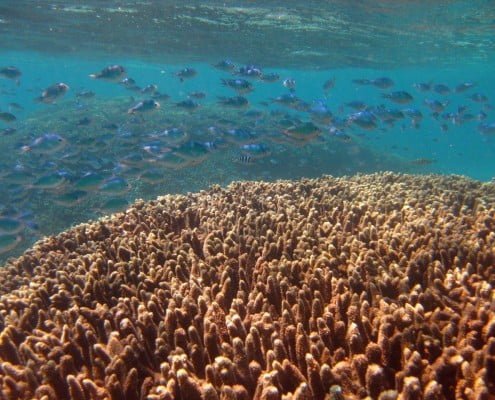
Ningaloo Reef Western Australia – womangoingplaces
Ningaloo Reef Western Australia
The beach theme continues, but this time in a very different environment. It had been a tough season, encompassing many performances, almost as many farewell dinners (I was leaving Hamburg after 10 years running the opera and the philharmonic there) and then a massive move of the household from north Germany to the UK. If a teacher’s weakness is books (and my husband Greg was a teacher for more than 30 years) a musician’s is scores and CDs (and of course some old vinyl that I just couldn’t get rid of!) – oh, and a grand piano, a harp, violins in various sizes, a couple of flutes, guitars, etc – and then the rest of the household. I was in great need of some serious R & R before the annual tour of the Australian orchestras began, less than two weeks after the big move.
Where could I find beach, sun, some solitary, reflective time and a proximity to nature? I’ve had many wonderful holidays on the east coast of Australia, from the Whitsundays up to Port Douglas, and just about everywhere in between, but now it was the far less-known and wilder West Australian coast that caught my attention. I flew into Exmouth, smiling broadly at the tiny airport, climbed into my rental car, called ahead to my eco-camp/hotel and set off. Very soon I was in the only car I could see, the houses gave way to scrub and the welcome and familiar dry landscape opened out. Once in the national park, (entrance paid into an “honesty box” – another smile!) the only pedestrians were the odd kangaroo or pair of emus, until I arrived at my destination. Bags dropped, I was in the water in a matter of minutes, and already marvelling at the coral and marine life.

Whale Shark Ningaloo – australiancoralcoast
And yes, I swam with a whale-shark – an extraordinary experience that I will never forget. Swimming (quite vigorously – you’re on the open sea) next to one of these gentle giants of the sea is exhilarating and humbling.
I love the Great Barrier Reef, but Ningaloo is rather a hidden gem!

Bundanoon, Southern Highlands, NSW – beautifulbundanoon.com.au
Bundanoon New South Wales
Ok, I must move away from the beach for a bit. In the early days of my marriage, when we were living in Sydney and a holiday meant throwing everything you might need in the car and just setting off west, we visited some wonderful places. Most of them have long been on my list to revisit, but I have rarely been able to do so. One place that I would love to see again, and is so close to Sydney as to be almost a day trip, is lovely Bundanoon. Next time, I’ll do it in style, staying in one of the charming hotels with big open fires and gloriously indulgent menus. Last time, we did it as you do when young – we stayed at the YMCA and explored the National Park on a bicycle built for two. Very romantic.
The whole area of the Southern Highlands has a great deal to offer – and the drive from Bowral to Kangaroo Valley is one of the loveliest I know – just look out for the speed cameras……

West region of NSW – David Gordon
The West (of NSW, that is!)
My Dad was a teacher in his early years, and his first postings were to one-teacher schools in small towns in the West of NSW. As kids, we often piled into the old 1964 Ford and we would all set off towards “the West”. There was almost always a breakdown on the road up the Blue Mountains, and we had a number of near-misses on winding and steep dirt roads, but a love of the “dry country”, the gums and the wild flowers, was instilled in me for life. With the luxury of the beaches on our home doorstep near Manly, the wide horizons and constantly changing colours of the countryside beyond the tablelands was another kind of exoticism….. and the birdsong at dawn charmed my ears and engaged my developing musical mind.
Like a lot of girls of my generation, I married a man who greatly resembled my Dad – Greg was born in “the Bush”, moved to the Big Smoke at 8, and like my Dad, struck out for the dusty west at every opportunity. He prided himself at one point of having driven over every mapped road in the state – and I’ll swear we drove over plenty that weren’t mapped.
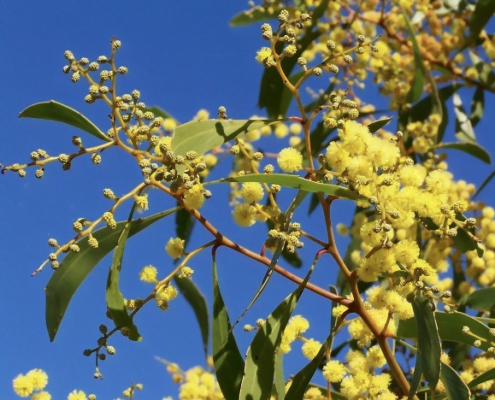
Wattle -redzaustralia.com
But it is the wildflower season, and the wattle in particular, that always grabbed us and made us come back again and again. There’s a stretch of dirt road (well, it was in 1982!!) between Yeoval and Cumnock where the wattles were astonishing. But if you don’t want to be laughed at by the locals, check the pronunciation of the local town names – Greg’s family still gives me a hard time about Ardlethan – which I mangled, not to mention the trouble you can get into with Tibbooburra……
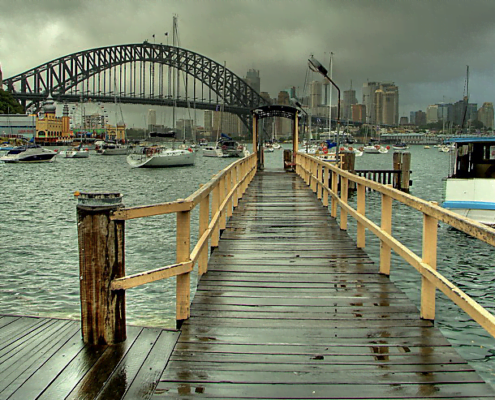
Lavender Bay Ferry Wharf – pbase.com
Sydney NSW
Back to the water and back to Sydney – and to one of my favourite spots – McMahons Point. A place to be avoided at NYE or at any time when there’s an event on the harbour – but at all other times one of the best spots for looking at the magnificent view that is the Bridge and the Opera House. I will often take a detour, when heading north over the Bridge from the City and just stop for a few minutes in the parking bay at the point, to take in that majestic sight. My daughters list it as one of their favourite places for munching on a steak sandwich, drinking a milkshake and watching the life on the Harbour. And if there’s no pressing appointment waiting, then a little meander around the tiny streets in the area, marvelling at the charming, historic houses that stand so close together here, does the soul good! Or park somewhere and go for a walk down to the ferry wharf at Lavender Bay and picnic on the grass or on the wharf itself. Very busy during the day, it’s magic in the early evening, when the air is soft and the bells in the moored boats there in the Bay ring slowly as the tide moves them gently. Ah, I’m feeling homesick already……
Travel tips:
* I always travel with my noise-reducing headphones – listening to classical music without them on a plane is almost impossible. I’m not a very social animal on long flights – my headphones, a couple of Sudoku puzzles or a cryptic crossword and a good book, and I’m set for the trip.
* I invariably get to the airport way too early – but I’d rather work a bit airside than stress about getting through the ever-growing queues at security….
* Everything I need for my first day’s work is in my hand-luggage – thank goodness they don’t usually weigh it! Added to a few toiletries and the obligatory spare undies are my laptop and a couple of orchestral scores and a long, narrow case with batons in it – which often leads to some amusing conversations at the security check-points….
* I try to smile every time a passport officer reads “conductor” on my visa/entry card and says “Ha ha, on the buses, love?”. After nearly 30 years, it’s hard to make it look as though I’m hearing that joke for the first time…………..
****
For more information about Maestro Young and upcoming performances see SimoneYoung.com

